Scan to BIM Services USA
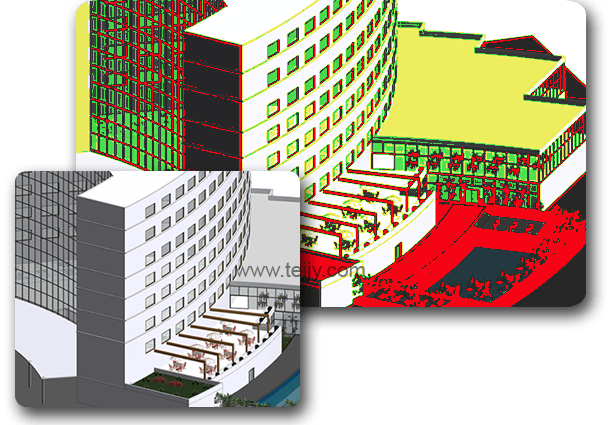
Accurate As-Built With Point Cloud Scan To BIM Modeling
Our detailed point cloud data provides accurate as-built BIM models, 2D layouts, and 3D models based on client needs.
We use advanced 3D laser scanners like the Leica , Matterport and Cyclone 360 data registration software. This helps us offer high-quality Scan to BIM services , point cloud to CAD in USA. Our focus is on quick and efficient point cloud data capture and registration. Our digitized reality capture to data accumulation approach provides rapid turnaround times for as-built documentation and renovation projects.
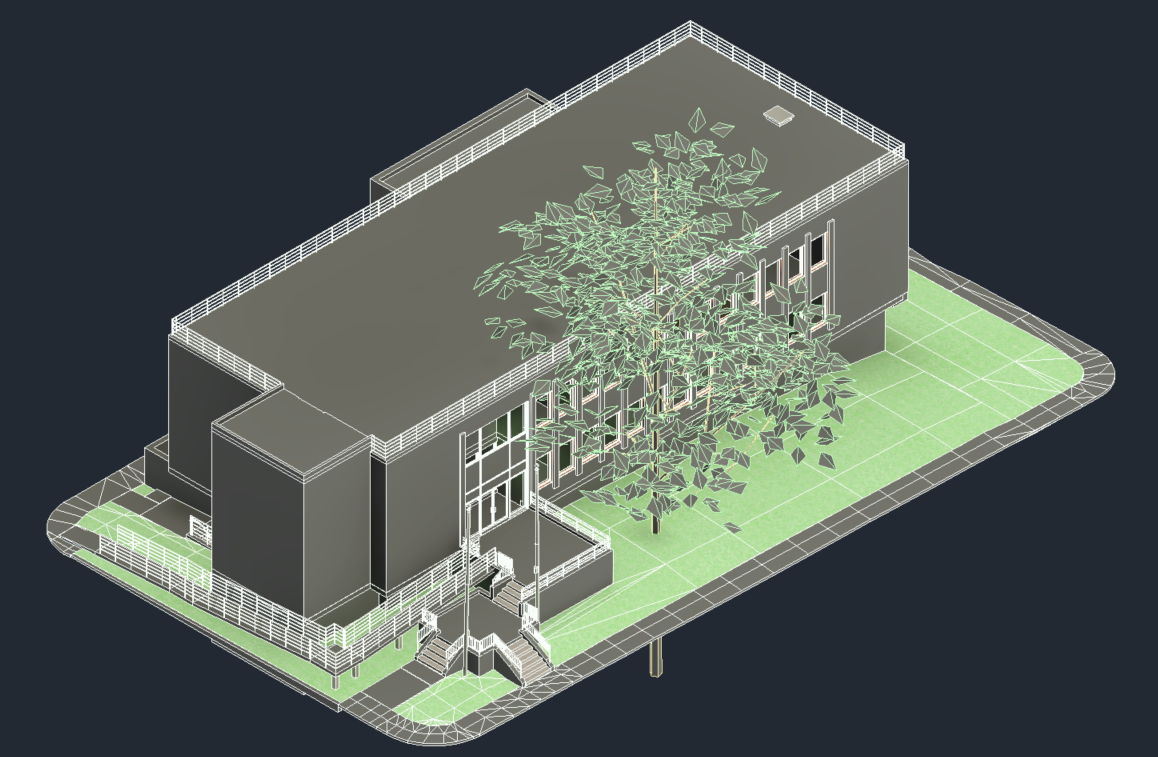
Our Point Cloud Modeling Services in USA
3D Scanning
We are a leading service provider in 3D laser scanning, delivering high-quality and precise as-built documentation of the existing conditions. Our in-house 3D scanning experts use advanced LiDAR technology and equipment to ensure accurate high-resolution reality capture with 4-6mm measurement precision.
Scan To CAD
Our Scan to CAD process converts accurate point cloud data into comprehensive and editable CAD files. We deliver top-tier as-built drawings with meticulous data integration tailored to our client’s needs, enhancing renovation and construction work precision.
Scan To BIM
With a team of expert BIM modelers and advanced BIM VDC technology, we provide accurate BIM solutions from precise 3D point cloud data. We provide COBie data for asset management and tailored BIM LOD 100 to 500 in Revit modeling.
Scan to Revit Family Creation
We stand out as an industry expert in Scan to Revit family creations. Our expertise lies in developing parametric libraries of 3D Revit models from scanned point cloud data. We offer a range of Revit family creations like the Architectural Revit family, Structural Revit family, Electrical Revit family, etc.
As Built
We are highly experienced in providing comprehensive as-built services with our expert 3D laser scanning workforce. We focus on developing tailored as-built digital documents for our clients using specialized tools like Revit and ArchiCAD for effective LOD 500. Our as-built services include Industrial as-built service, commercial as built service, residential as built service, and heritage conservation.
Scan To Mesh
We offer Scan to Mesh services that convert raw point cloud data into textured 3D mesh models with exceptional precision. Our team of experts is proficient in creating standalone 3D objects for seamless integration. With dedicated attention to detail, we deliver comprehensive 2D sequences and 3D node representations, ensuring our clients can analyze spatial data with accuracy and clarity.
Experienced Scan to BIM Modeling with LOD (100 to 500)
Our 3D laser Scan To BIM Conversion Case Studies in USA
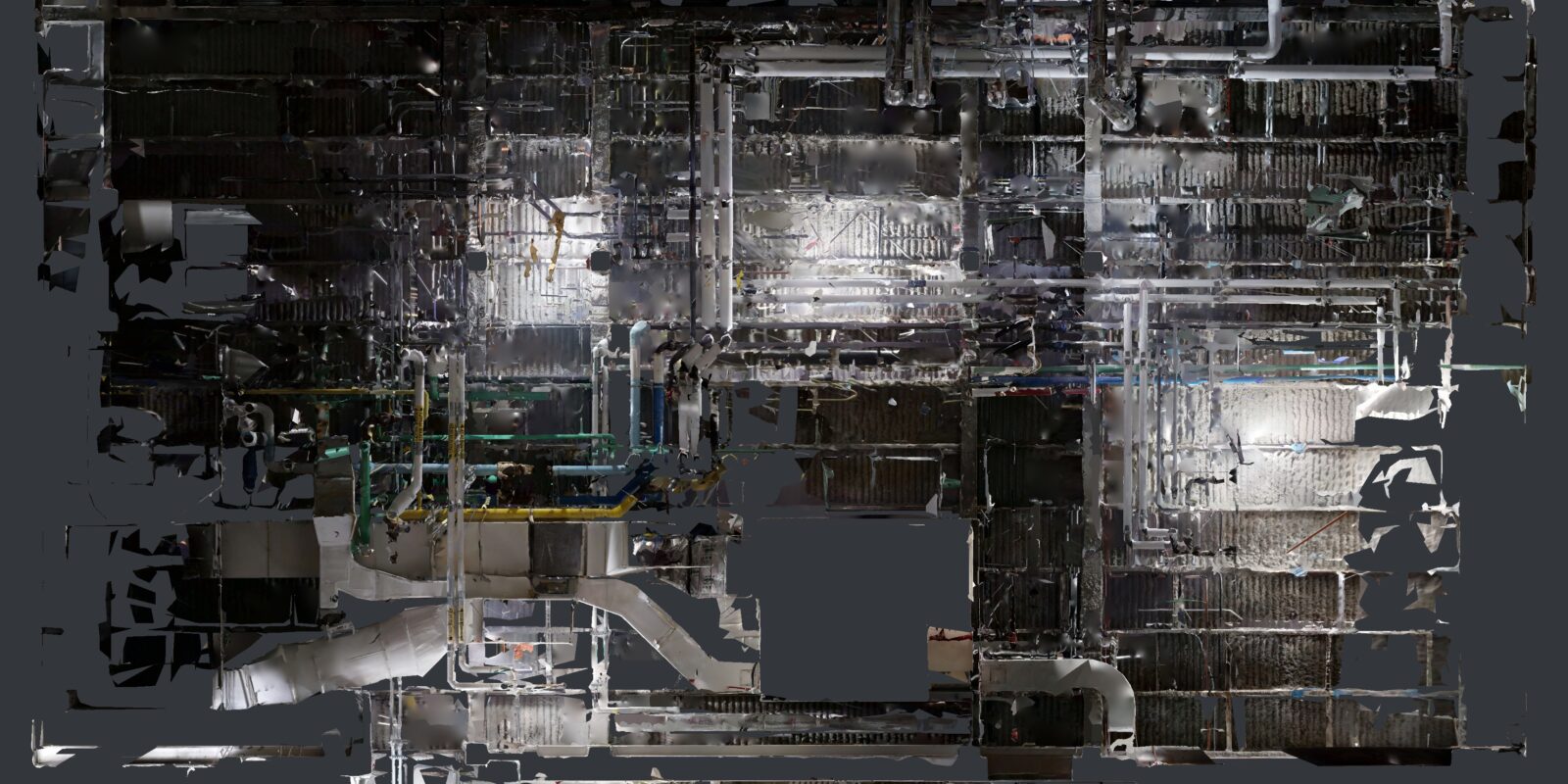
Our 18+ years of experience in Point cloud to BIM modeling has positioned Tejjy Inc. as an expert scan to BIM service provider with specialization in dense point cloud data scanning, reality capture, and registration. Capitalizing on our digitized prowess we excel heritage restoration, industrial digital twins, renovations, and reverse engineering. Explore our commercial, residential, industrial, and institutional laser scanning projects today!
Our Point Cloud Data Conversion Services Include Across USA
Tejjy’s point cloud to mesh process involves acquiring point cloud data, preprocessing to remove noise, and applying mesh generation algorithms. And refining the mesh with surface reconstruction. We utilize tools like MeshLab and PCL to facilitate this conversion, tailored to data and application requirements.
- Point cloud registration and refining the point cloud data
- Point cloud to mesh conversion
- Ensuring the application of mesh models
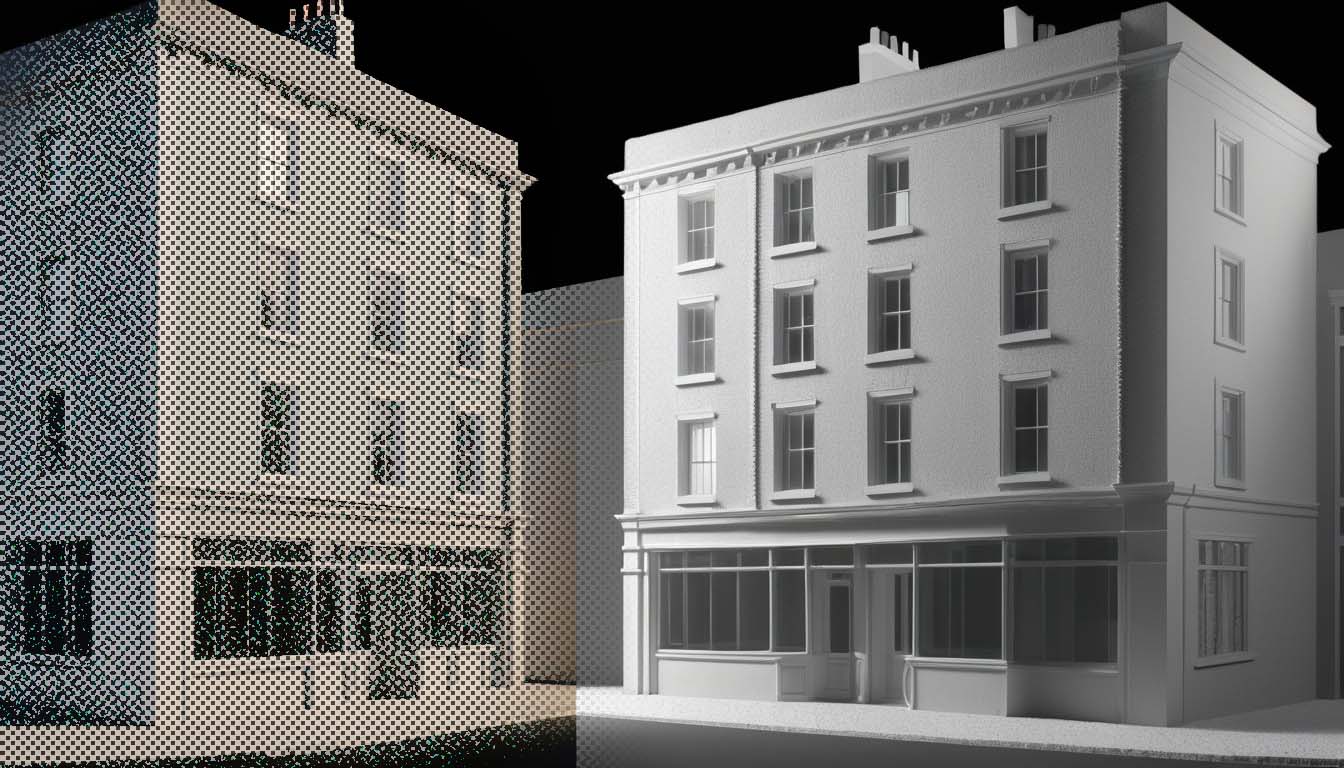
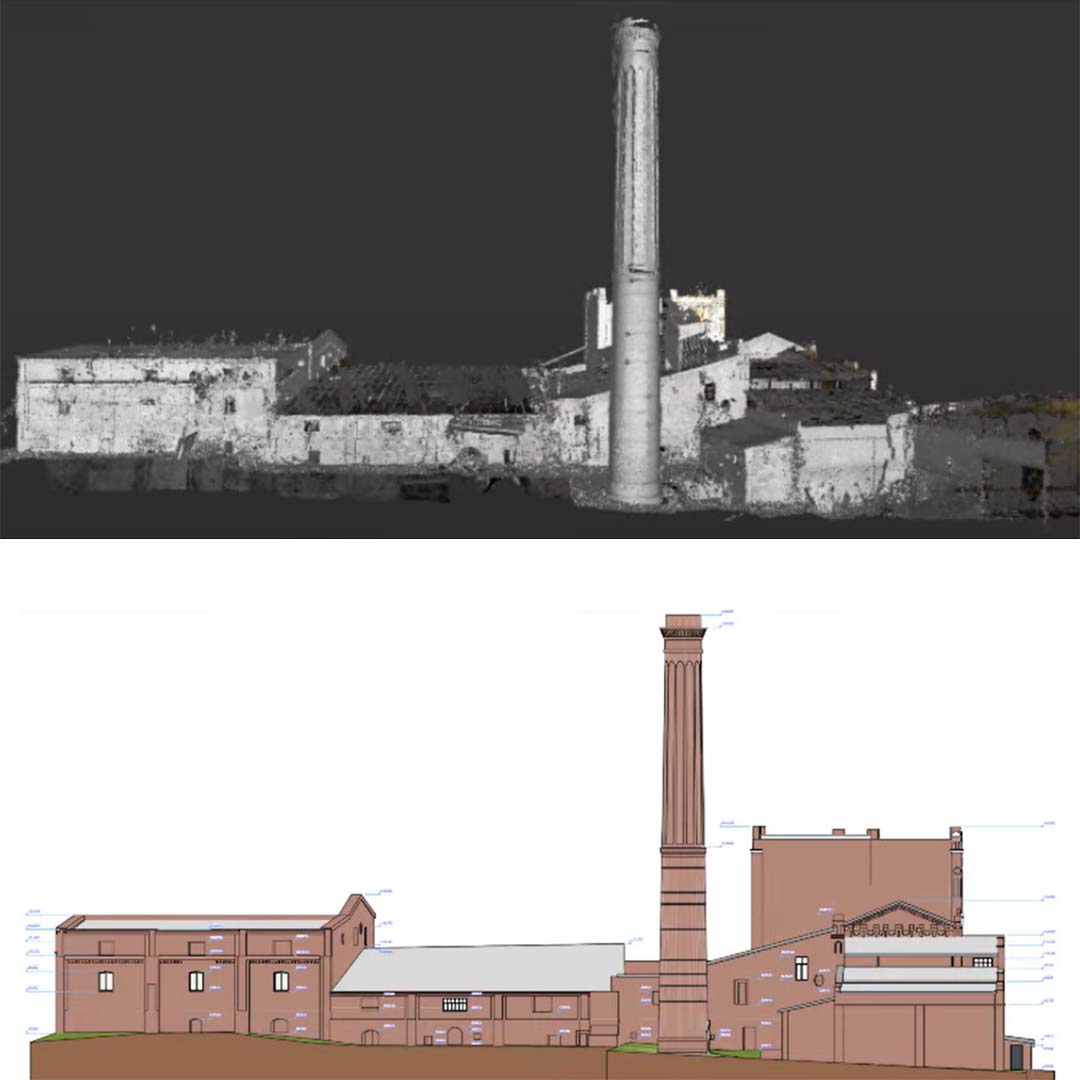
Using the point cloud as a reference, detailed 2D CAD drawings or 3D CAD models are created. This involves tracing and snapping CAD elements (such as lines, arcs, and surfaces) to the point cloud to accurately represent the existing conditions.
Tejjy converts as built drawings of the existing conditions. Our team also convert point cloud , site plans, vector files into CAD file format
Scan-to-CAD is all about the direct conversion of point cloud data to CAD formats. Our process involves data acquisition and conversion, noise reduction, model processing, and refinement. The approach to scan-to-CAD could be divided into two parts: Manual tracing and automated conversion through tools
- Deploying the acquired point cloud data for conversion
- Utilizing the direct scan-to-CAD conversion process
- Further, introspecting the stitched and traced model
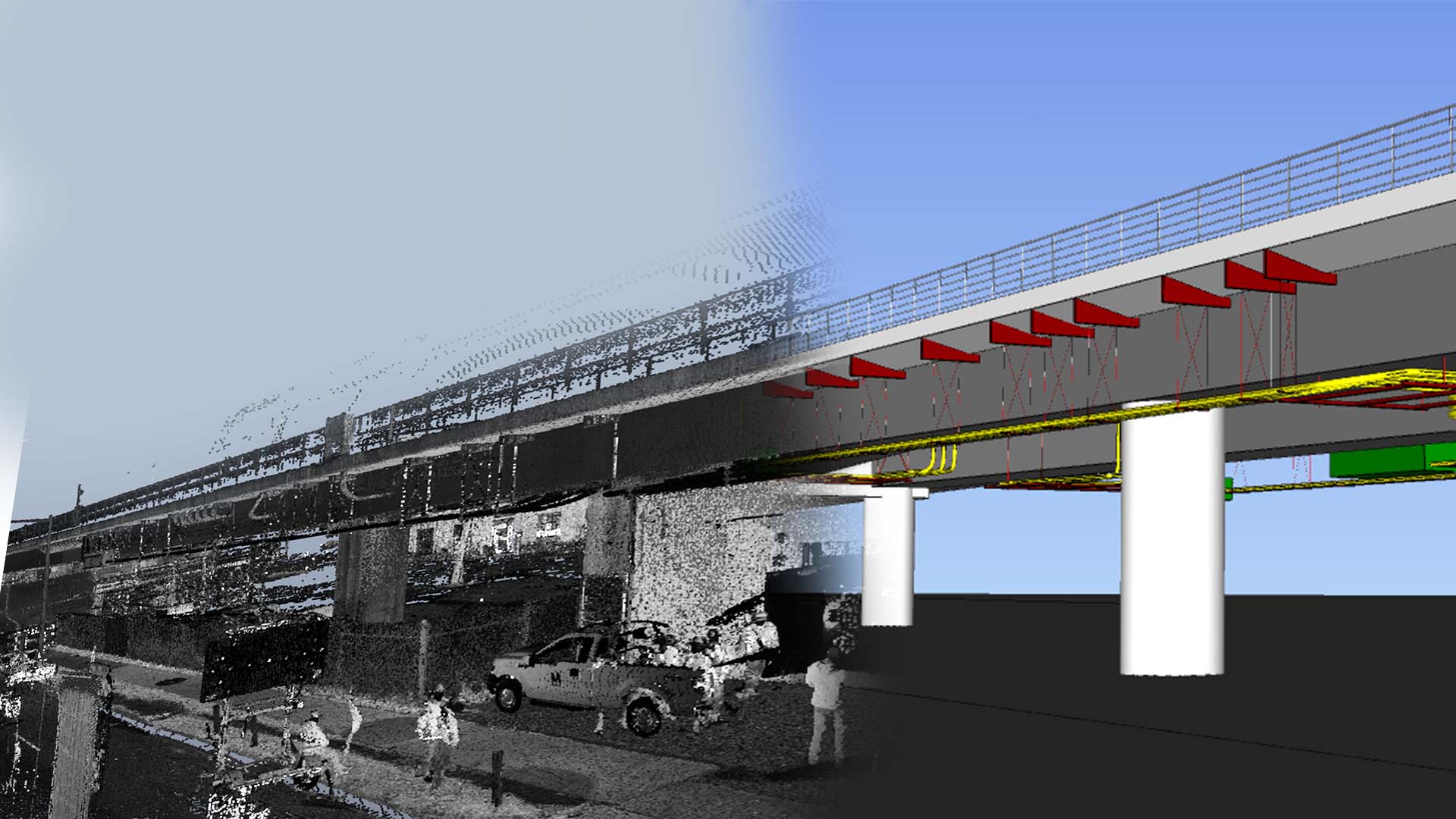
Tejjy assures reliable and detailed digital representation of existing conditions as experienced Scanning & Modeling Company in USA. The real-time capture data for renovation, retrofit,new construction, facility mangement is registered with Cyclone 360. The data is cleaned up and noise reduction is performed.. Further, classifying building elements, assigning parameters, generating a detailed model, integrating additional information, and exporting the final model in standard formats.
Using the point cloud as a reference, detailed BIM models are created in the software. This includes modeling architectural, structural, and MEP (Mechanical, Electrical, and Plumbing) elements with high accuracy.
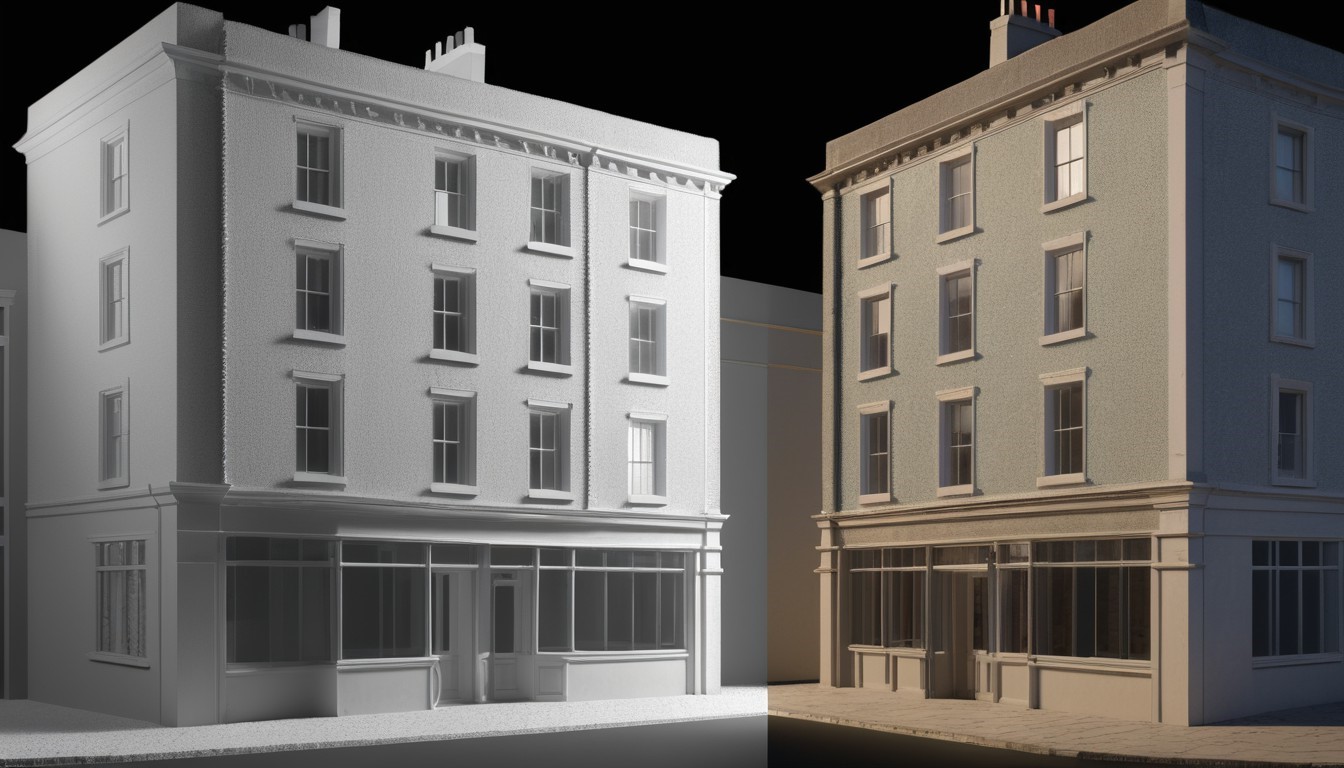
Our laser scanning to Revit Family Creation Services are high in quality The customized Revit Families with Level of detailing LOD 100 to 500.
- We utilize the point cloud as a reference to create the BIM model in Revit. This involves tracing and snapping Revit elements (such as walls, floors, ceilings, and structural components) to the point cloud.
- The Autodesk Revit’s architectural, structural, and MEP tools are adopted to accurately recreate the geometry and details of the scanned environment.
Turn Point Clouds into Actionable Insights: Experience the Most Accurate 3D Scanning to Facility Management
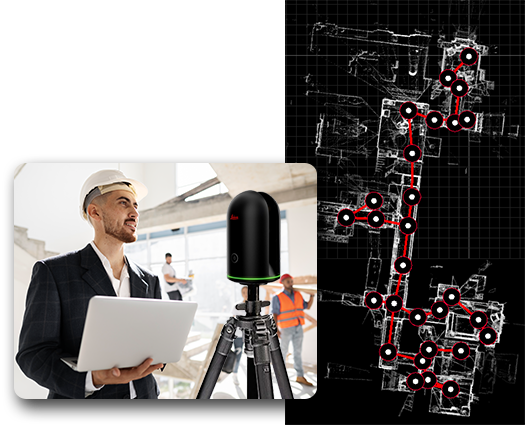
Tejjy Scan to BIM workflow includes translation of laser-scanned, point-cloud data into building information modeling (BIM) , 2D drawing, Revit or mesh. The digital model core focus is to precisely integrate data into a 3D site or building model or 2D for development, design, construction and facility management teams.
- Identification of Requirements
- Scan Planning
- Point Cloud Scanning
- Deciphering the Point Cloud Data
- BIM Modeling
- Quality Control
Areas where we have delivered numerous projects
DBE certified women-owned minority SCAN to BIM Modeling Company in USA. Our Scan to BIM Engineers facilitate 2D drawings, 3D Model, AS Built with LOD 500 for Digital twin, validating coordinates, product scanning. .
Our Scan To BIM Services Projects
Point Cloud Data Conversion For Architectural, Structural, MEPF Discipline for New Construction, Renovation, Retrofit, Facility Management
Why Choose Tejjy for Scan to BIM Modeling Services?
Comprehensive Services:
Our team facilitates data capture with LiDAR scanning, 2D, 3D model creation, and integration with various BIM platforms. This end-to-end data management along with facility mangement reduces the need for multiple vendors and simplifies project management.
Expertise in Scanning & Modeling Technology:
Working for 18+years, 2500+ projects across different sectors, including commercial, federal, residential, infrastructural, heritage preservation, product and machinery, oil& gas plant, waste water and industrial. This breadth of experience allows us to handle diverse project requirements effectively.
Innovative Approach:
We are aware of the latest advancements in scanning and BIM technologies, continually improving our skillset and knowledge gaps. We assure accuracy, efficency in every customized scan to bim services in USA.
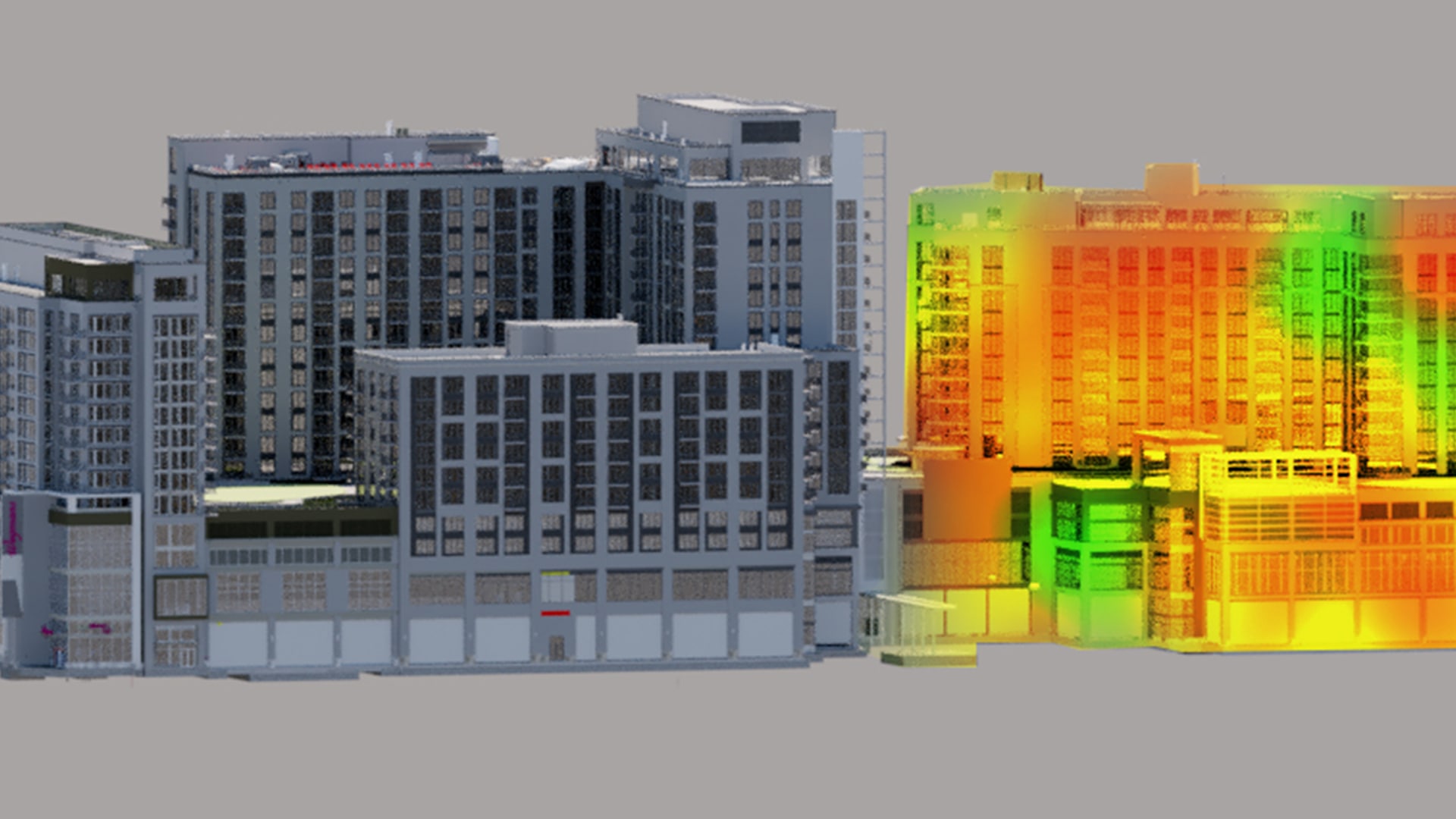
Transform the LiDAR Scanned Point Cloud to 3D BIM Modeling
Convert your scan images, 2D layouts, and plans to 3D Models for enhanced workflow and smoother and faster construction.Call to Discuss Point Cloud to BIM Conversion Services
- As-built model creation for refurbishment & renovation with laser scan to BIM services.
- Conversion of laser scan raw data to 3D BIM model for running construction simulation & drawing creation.
- High quality, affordable laser scan to BIM modeling for architectural, structural & MEP services.
- Extracting information from 3d scan to BIM Revit Model for cost analysis, matching design standards.
- Helps in the documentation of design and services of a building into as built 3D BIM model, and as built drawing.
Level of Documentation for clients:
- 3D Floor Plans – Level 1
- Exterior Elevation and Roof Plans – Level 2
- Building Sections – Level 3
- Site Layout Plan – Level 4
Absence of digitization in historic times is the reason of dicrepancies in heritage buildings data. 3D laser scanning helps to create accurate Scan to BIM models with accurate details. Historic Building Information Modeling (HBIM) methodology helps in creating accurate as built 3D BIM models, and as built drawings of a historical building.
The digital data captured is uploded and converted into required deliverable with Revit, ReCap Pro, BIM Collaborate Pro.
Scan to BIM cost depends upon the complexity and the area of the project. For Affordable and quality assured 3D building scanning to Modeling
Industries like architecture, engineering, construction, and real estate can benefit from scan to BIM services. By converting laser scan data into Building Information Models (BIM), these industries can streamline design processes, improve collaboration, reduce errors, and enhance project efficiency.






